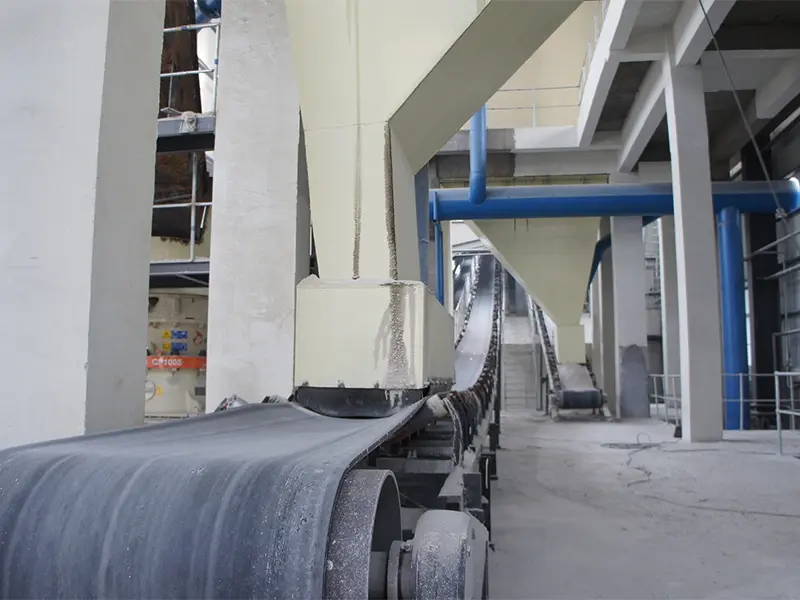Belt Feeders in Mining and Industry – A Reliable Solution for Continuous Material Flow
2025-04-11
In large-scale industrial and mining operations, maintaining a steady flow of materials is essential for operational efficiency and process control. Irregular feeding not only disrupts production but also increases wear and tear on downstream equipment. For businesses seeking a reliable, durable, and efficient feeding solution, belt feeders are a smart and proven choice.
Why Belt Feeders Matter
Unlike traditional vibratory or apron feeders, belt feeders are designed to handle high-load capacities while maintaining consistent feed rates. Their ability to operate under significant pressure makes them especially suitable for tough applications such as underground mining, mineral processing plants, and other heavy-duty environments.
A belt feeder is constructed to deliver materials evenly from a storage bin or hopper, feeding it directly onto the belt for transport. From there, the material moves toward the next stage of production—such as screening, mixing, or crushing—without interruption. This process not only ensures continuous throughput but also reduces the risk of material bridging and clogging, which are common issues in many other feeder types.
Functionality and Design
At the heart of a belt feeder is a belt driven by an AC speed-regulated motor. This motor allows for precise control over the belt’s movement, letting operators adjust the feed rate to suit various processing conditions or material types. The motor’s steady rotation causes the belt to move slowly and uniformly, feeding materials in a controlled and measured way.
The initial feeding happens through an ore feeding funnel or chute, which ensures the bulk material is distributed evenly across the belt’s surface. The design of the belt feeder makes it easy to manage flow rates and reduces material segregation during transport—an important factor in maintaining product quality.
Integration and Scalability
One of the reasons belt feeders are widely used is their modular design and system compatibility. They can be installed as standalone units or integrated into broader conveying systems to create a continuous material handling line. Depending on your facility's layout, the feeders can be arranged in horizontal or inclined configurations, making them suitable for a wide range of applications.
Need to scale operations? Belt feeders can be installed in multiple sets, supporting large volumes and ensuring redundancy in high-output facilities. Their robust construction also allows them to operate for extended periods without the need for constant maintenance or adjustments.
Key Advantages
- Durability Under Pressure: Built to endure high-pressure environments and heavy materials.
- Low Operating Costs: Reduced mechanical complexity translates to less wear and maintenance.
- Precision Feed Control: AC motor control allows for fine-tuning of feed rates.
- Seamless System Integration: Compatible with a range of other conveyor and material handling systems.
- Improved Safety and Efficiency: Fewer material spills and blockages lead to safer work environments and higher operational efficiency.
Application Across Industries
While belt feeders are commonly associated with mining, their usage extends across a wide range of industries. In agriculture, they help manage the distribution of seeds or fertilizer. In construction, they feed gravel or sand into mixers or crushers. In recycling and waste management, they ensure the steady movement of materials for sorting or shredding.



